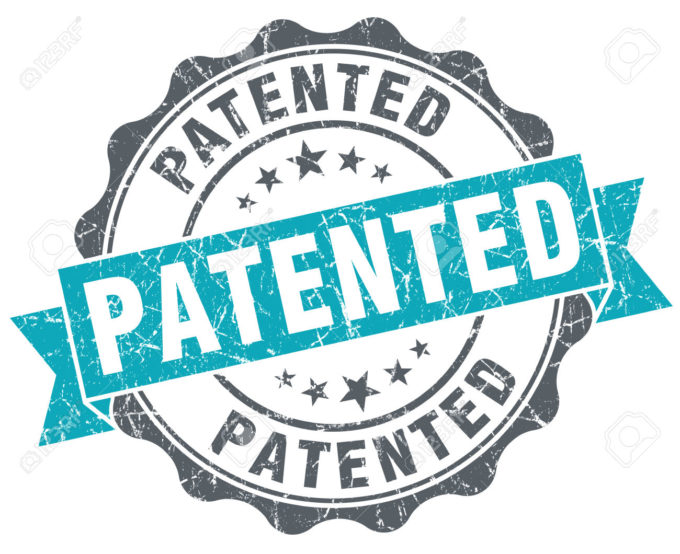
Oil States Energy Services v. Greene’s Energy Group: SCOTUS to Determine the Constitutionality of Inter Partes Review
By Rachel Newell—Edited by Alexander Harding
Oil State Energy Services, LLC, v. Greene’s Energy Group, LLC, 639 Fed. App'x 639 (Fed. Cir. 2016), cert. granted, (U.S. Nov. 23, 2016) (No. 16-712) petition hosted by SCOTUSBlog.
On June 12th, the Supreme Court of the United States granted certiorari to Oil States v. Greene’s Energy Group, 639 Fed. App'x 639 (Fed. Cir. 2016). The issue to be decided is the constitutionality of an Article I tribunal—in this case, the Patent Trial and Appeal Board (“PTAB”)—having the power to extinguish patent rights. This case questions the future of the Leahy-Smith America Invents Act (“AIA”), 35 U.S.C. §125. The appeal arises from an inter partes review (“IPR”) conducted by the PTAB, which invalidated Oil States Energy LLC’s (“Oil States”) US Patent No. 6,179,053 (“‘053”). On appeal, the Federal Circuit ruled (1) that Oil States did not provide sufficient written support to merit substitute claims on ‘053, (2) that a number of Oil States’ original ‘053 claims were unpatentable, and (3) that Oil States’ could not amend its patent application.
The dispute involves a disclosed invention to reduce wellhead degradation due to the buildup of pressure during hydraulic fracking. Oil States had applied for a similar design (“application ‘118”), but was not granted a patent. Oil States subsequently asserted the ‘053 patent in 2012 against Greene’s Energy Group, LLC (“Greene”), alleging that Greene violated its patent. Before the statutory deadline, Greene petitioned the PTO to institute IPR of the ‘053 patent. PTAB granted review and found that the patent was anticipated by Oil States’ own ‘118 application. In reviewing the patent, PTAB applied the “broadest reasonable interpretation” articulated in Cuozzo Speed Techs., LLC v. Lee, 136 S. Ct. 890 (2016). In its appeal to the Federal Circuit, Oil States, the petitioner, pointed to the constraints placed on the length of the amendment application and the PTAB’s apparent erring in its evaluation of the issues—specifically the attacks on prior art, as reasons to overturn the rulings.
Oil State’s petition for certiorari challenged the PTAB’s use of IPR to render its decision on three grounds. These included whether the amendment process established for IPR aligns with the ruling in Cuozzo and whether the “broadest reasonable interpretation” standard must be employed using traditional claim construction principles. The Supreme Court denied cert on these matters and instead will focus on question one: whether IPR violates the Constitution as an illegal taking of private property rights due to its lack of jury trial opportunity and Article III forum. Petitioner argued that a patent is a private right and that PTAB is unconstitutionally stripping this property right from an owner without recourse to a jury trial or an Article III court.
Greene, the respondent, responded by arguing that patents are public rights. Respondent further argued that Congress’ legislative action in passing the AIA places patents within the public realm. Moreover, Greene cast the PTAB as an extension of acceptable congressional action that indicates this public nature. Respondent further argued that because Congress had delegated these decisions away from an Article III court, the seventh amendment does not apply.
Gene Quinn of IPWatchdog provides an overview of the case. Richard Lloyd of IAmMedia tempers expectations for the magnitude of change resulting from the future Supreme Court decision. This case could trigger a significant shift in patent law if the IPR process is determined to be unconstitutional. For example, with IPR no longer available to challenge an asserted patent, defendants may decide to settle so as to avoid expensive and prolonged litigation. The roots of IPR in AIA symbolizes Congress’ attempt to streamline certain aspects of patent litigation and the potential for upheaval in this area has industry insiders on notice.